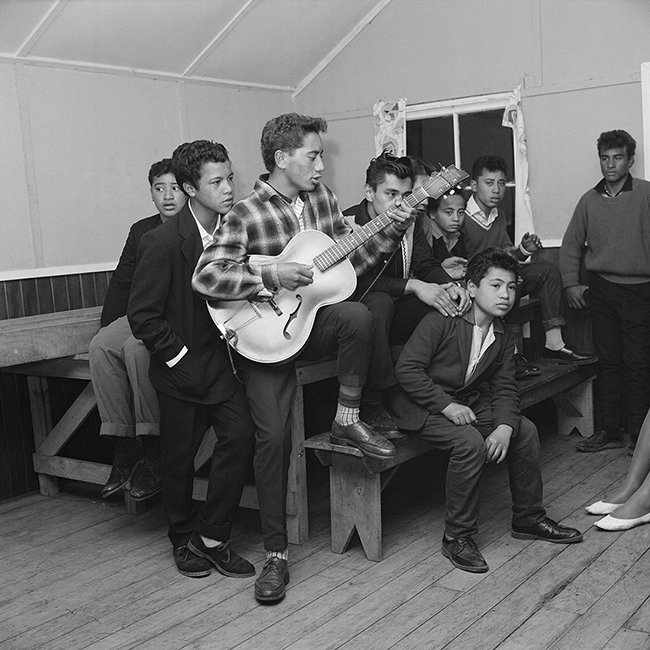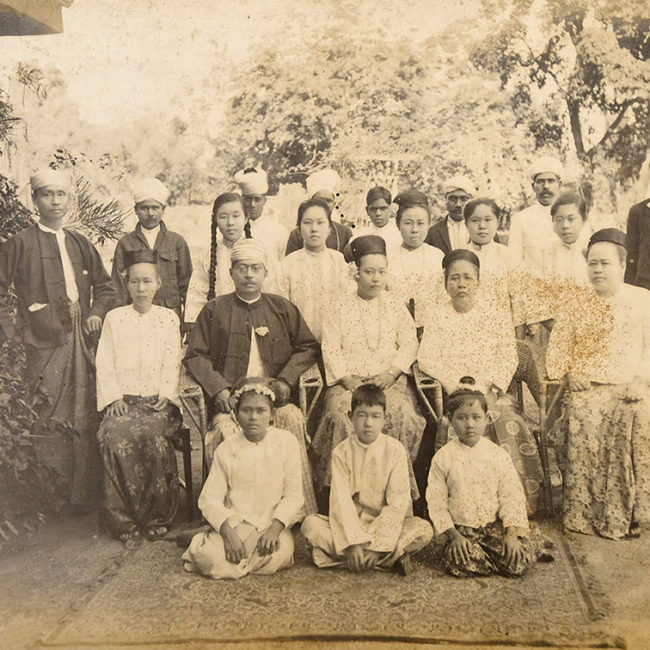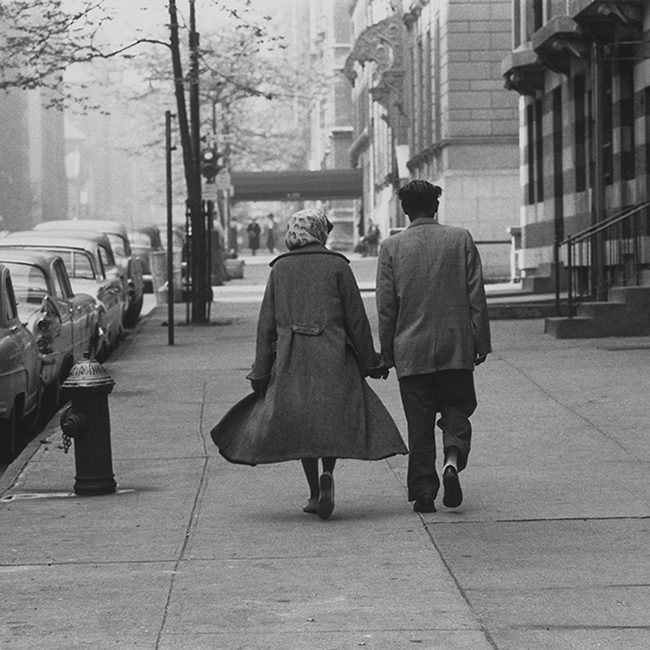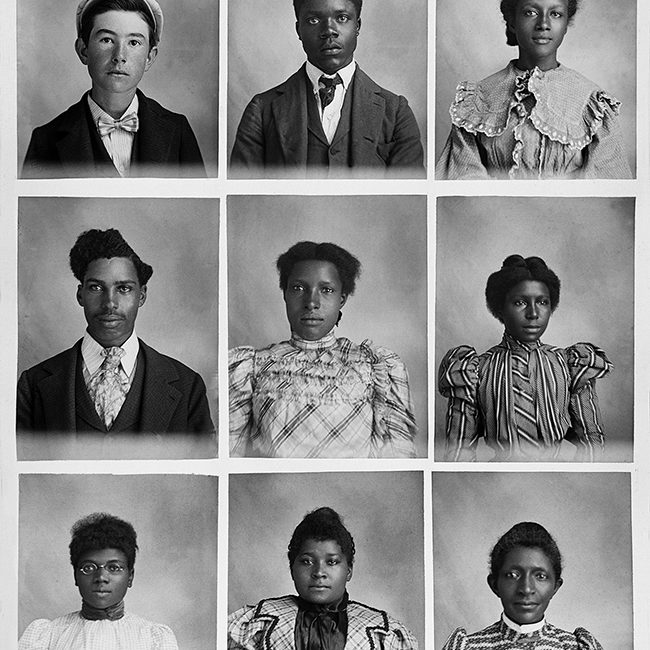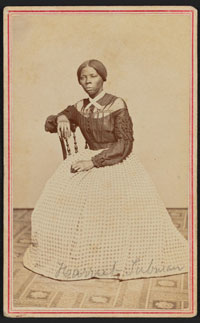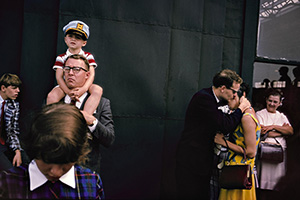Why do Brassaï’s photos look so good right now? The San Francisco Museum of Art exhibition of his work, on view through February 19, seems well timed. Of the more than 200 images on display, most come from the time he spent in Paris in the 1920s and 1930s, photographing an international cast of artists and writers such as Picasso, Matisse, Salvador Dalí, Anaïs Nin and Henry Miller, and documenting the scene at night clubs and dance halls where transvestites and couples both gay and straight could drink, kiss and dance free of censure or self-consciousness. Along with his studies of Paris’s fog-shrouded statuaries, collected in his 1932 book Paris de Nuit (Paris by Night), these images of Parisian nightlife created the world’s image of Paris as a hub for free expression. Within a few years, the world he photographed would be lost. In 1940, the Nazi invasion and the installation of the Vichy regime unleashed a conservative backlash against the freedom of the inter-war period.
Like many of the people he photographed, Brassaï was an expatriate who reinvented himself in Paris. Born Gyula Halász in Brassó, Transylvania (now Brasov, Romania), he studied art in Budapest and Berlin, but was working as a journalist when he moved to Paris in 1924. After meeting André Kertész and other artists, he became a photographer, and adopted the pseudonym Brassaï. SFMOMA’s exhibition includes layouts that show how Brassaï collaborated on the surrealist magazine Minotaure and other art publications in the 1930s. While living in the artistic neighborhood of Montparnasse, he was moved to capture the swirl of life that he saw each day, including not only artists and writers in his circle, but prostitutes, pimps and street thugs. He put away his camera for the duration of the Nazi occupation. But after the war, he returned to documentary photography. The exhibition includes images he made while traveling the world on assignment for Harper’s Bazaar.
In his introduction to the exhibition, Curator Peter Galassi notes that a generation before Brassaï took up the camera, photographers often imitated painting as a way to give the medium artistic credibility. Brassaï’s “blunt, direct” imagery formed “the cornerstone” of a new movement that “instead discovered esthetic potential in plain photographs.” The exhibition’s thematic arrangement emphasizes the wide range of subjects that caught his eye: high society, criminals, laborers, Paris landmarks and graffiti, nudes and sculptures. He had his first retrospective show at New York’s Museum of Modern Art in 1968, a year of cultural upheaval. This year, SFMOMA gives us a chance to appreciate Brassaï’s documentation of a forward-looking culture and his ability to find beauty and excitement in the everyday.
—Holly Stuart Hughes
“Brassaï”
Through February 19
San Francisco Museum of Art
Related Articles
An Unclassifiable Vision of New York and Paris
Guy Bourdin’s Early Street Photographs of Paris
Alessandra Sanguinetti’s Real and Mythical France
